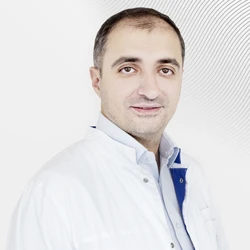Apnea
Tells Irakli Yakobashvili,
otorhinolaryngologist, PhD
Snoring is an acoustic phenomenon that occurs when an air stream passes through a partially blocked upper respiratory tract. The characteristic sound is formed as a result of vibration of the soft tissues of the pharynx (soft palate, uvula), which have lost their natural elasticity. It is believed that snoring is a minor nuisance that others need to get used to, and no longer pay attention to it. However, snoring can be a problem not only for the patient's relatives and friends, but also cause various disorders in the patient himself. In addition, snoring can be a companion of a much more dangerous phenomenon called apnea.
The Greek word "apnoe" means no breathing. Sleep apnea is characterized by complete or temporary cessation of breathing during sleep. There are two types of apnea: central and obstructive. The central one is caused by inhibition of the respiratory center in the brain and a general violation of the motor innervation of the respiratory muscles. Obstructive sleep apnea is much more common and can lead to numerous episodes of respiratory arrest (sometimes up to hundreds of episodes per night) lasting up to 1 minute or more.
Our experience shows that in most cases the patient is unaware of the presence of sleep apnea. Meanwhile, the disease leads to life-threatening conditions: arterial hypertension, cardiovascular diseases, stroke, diabetes, and depression. Treatment of these ailments, caused by sleep apnea, can also be ineffective if the primary problem persists - interruption of breathing during sleep.
What happens at the moment of inhalation with obstructive sleep apnea?
The soft tissues of the pharynx block the airways and cause them to become obstructed. In the medical literature, this phenomenon is often compared to trying to drink something through a paper straw. It is not difficult to imagine how the walls of the straw collapse at the same time. The same thing happens to the walls of the upper respiratory tract, and breathing stops completely. This leads to a decrease in the concentration of oxygen in the blood and an increase in the concentration of carbon dioxide, which, in turn, causes a partial awakening of the person. In response, the central nervous system restores the tone of the walls of the respiratory tract and, accordingly, provokes the act of breathing.
How do I know if you have sleep apnea?
The main symptom is snoring, sometimes so loud that it turns out to be a serious problem for the patient's family and friends. Other manifestations may be:
- daytime sleepiness;
- bouts of unmotivated aggression;
- difficulty concentrating;
- predisposition to hypertension;
- chronic fatigue;
- insomnia;
- decreased concentration of attention when driving a vehicle.
The following patients are at risk of developing apnea:
- with weak pharyngeal muscles;
- with malocclusion;
- with insufficiency of nasal breathing;
- obese people;
- those who use muscle relaxants (alcohol and certain medications);
- who have tongue root sinking while lying on their back;
- with low thyroid hormone levels; with impaired function of the anterior pituitary gland.
The European Medical Center is taking a comprehensive approach to solving this problem. First, the patient is examined by an otorhinolaryngologist, who, based on the results of an endoscopic examination of the pharynx and nasal cavity and computed tomography, evaluates the anatomy of the upper respiratory tract in detail to identify all possible causes of the disease. At the consultation of a dental gnathologist specializing in malocclusion problems, the size of the jaws, their configuration, the correct closure of the upper and lower jaws, and the strength of the chewing muscles are determined, which, in turn, can also affect the patency of the respiratory tract during sleep. The third stage in the diagnosis of patients with sleep apnea is the study of sleep disorders – polysomnography. It allows you to get the most complete information about the functioning of various body systems during sleep. According to the results of the study, the doctor determines the stages of sleep, their duration, pays attention to how various physiological indicators relate to the stages of sleep and, most importantly, determines the possible causes of its disruption.
The doctors of the EMC Otorhinolaryngology Clinic perform both conservative and surgical treatment of obstructive sleep apnea, the choice of which depends on the results obtained during the research.
Non-surgical treatment methods include:
-
CPAP therapy: maintaining constant positive air pressure in the respiratory tract. A highly effective treatment for obstructive sleep apnea. During sleep, the patient puts a mask on his face connected to a compressor that supplies a constant stream of air at a certain pressure, and sleeps in it for either part or all night. CPAP therapy is used for a long time, up to several months. The disadvantage of this treatment method is the poor tolerance of the mask by some patients.
Removable dental splints, orthoses that allow the lower jaw to be pushed forward and thereby reduce the degree of airway obstruction.
- Normalization of weight: it has been noted that weight loss in obese patients can have a positive effect or even relieve sleep apnea.
- Oxygen respiration: a decrease in oxygen concentration in the blood during sleep apnea is an important pathogenetic mechanism of the disease. Breathing oxygen increases its concentration in the blood, and the patient's sleep becomes functionally complete – there are deep phases that were interrupted by the brain during hypoxia. Blood pressure also normalizes and muscle tension is relieved during sleep.
Surgical treatment methods used in the EMC Otorhinolaryngology Clinic include:
- Intra-nasal surgery: designed to compensate for the insufficiency of nasal breathing. They include interventions on the nasal septum, nasal concha and paranasal sinuses. It is aimed at improving nasal breathing and, consequently, reducing the obstructive component of apnea.
- Uvulopalatinaplasty: allows to reduce the volume of soft palate tissues, including by resection of the uvula. There is a modification of surgery using a surgical laser, performed on an outpatient basis. This treatment method is highly effective for snoring and only in half of cases leads to a positive result in apnea.
Our doctors diagnose and treat obstructive sleep apnea using the recommendations of the American and European Societies of Sleep Medicine. The coordinated work of various specialists makes it possible to find out and eliminate the causes of snoring in a short time.
Author: Irakli Yakobashvili, otorhinolaryngologist, PhD
Why the EMC
The first and only clinic in Russia, created in the image of the world's leading clinics
EMC is a multidisciplinary center offering patients a high level of medical services and a personalized approach
Worldwide recognition and awards
 Learn more
Learn more
Worldwide recognition and awards
 Certificates and licenses
Certificates and licenses
Make an appointment for a consultation
Specify your contacts and we will contact you to clarify the details
Reviews
and new products of the EMC

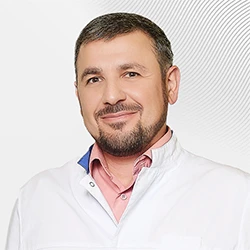

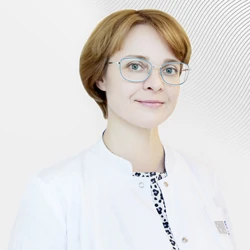

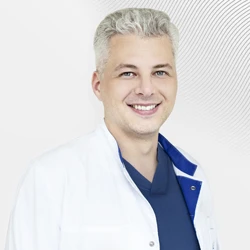
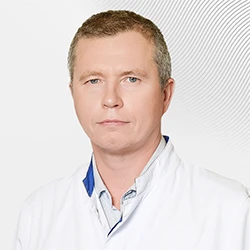
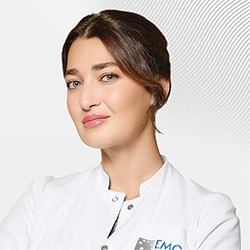
.webp)
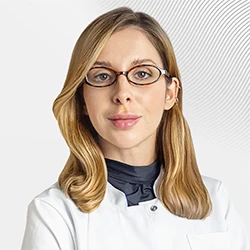

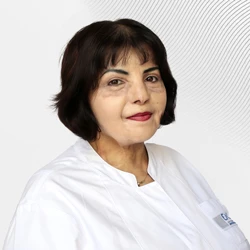
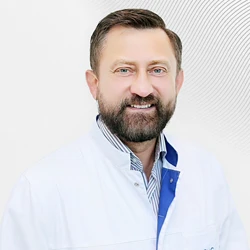
.webp)
